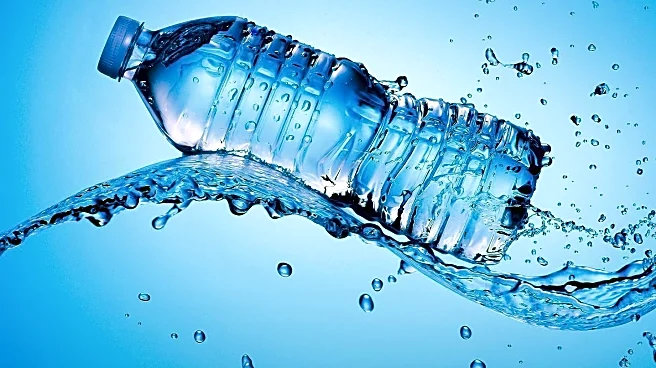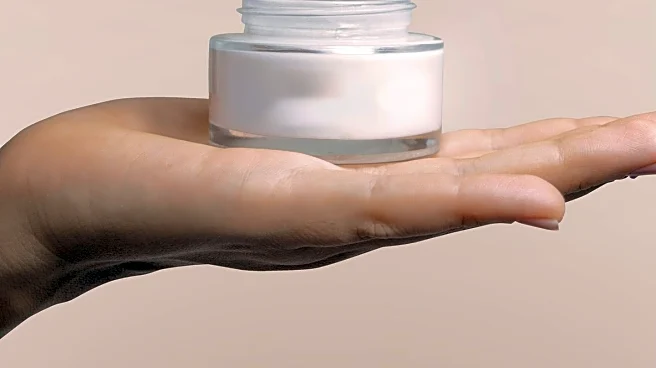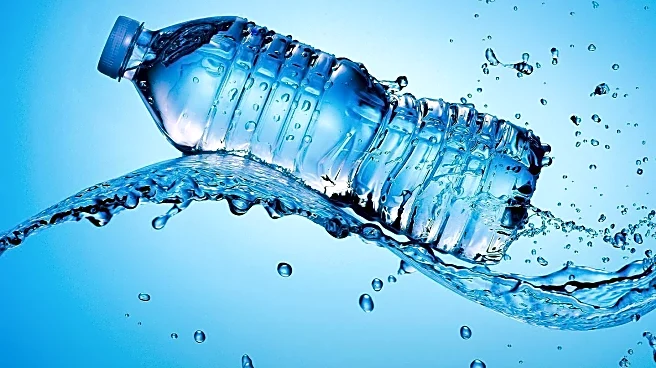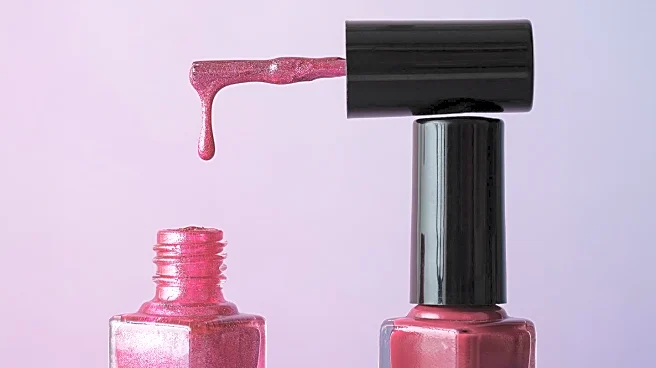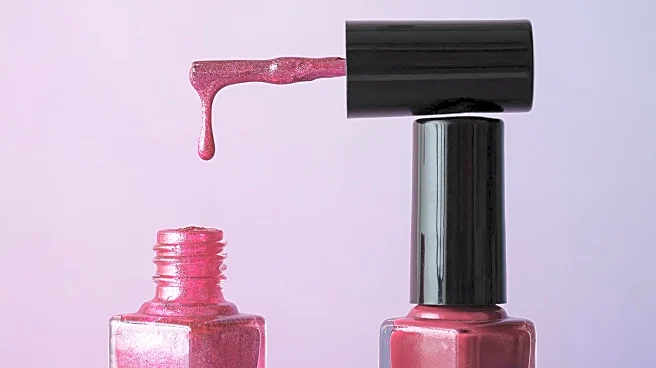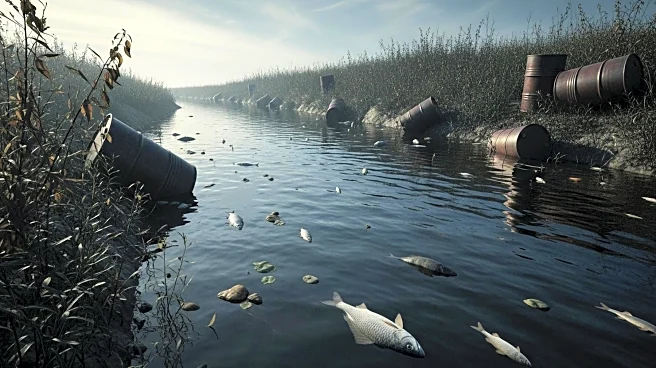What's Happening?
Recent studies have highlighted the dangers of leaving plastic water bottles in hot environments, such as cars, where they can release billions of microplastic particles and harmful chemicals into the water. Heat and UV exposure accelerate the breakdown of plastics, leading to increased microplastic contamination. Researchers have found that bottles stored in cool, dark places release significantly fewer microplastics. The issue has gained attention as microplastic research intensifies, revealing potential health risks such as liver damage and inflammation. A study conducted in 2023 examined the effects of different temperatures and UV exposure on common plastics used in packaging and bottles, finding that all types released microscopic particles when exposed to heat. This aligns with earlier findings from a 2014 study by the University of Florida, which described the release of chemicals from bottled water stored at high temperatures as a 'worst-case scenario' for human consumption.
Why It's Important?
The release of microplastics from plastic water bottles in hot conditions poses significant health risks, including liver damage and oxidative stress. This issue is particularly relevant as microplastic contamination becomes more widespread, affecting not only bottled water but also other beverages. The findings underscore the importance of proper storage practices to minimize exposure to microplastics. Consumers are advised to avoid leaving bottled water in hot environments and to consider alternatives such as reusable glass or metal bottles. The broader implications of this research highlight the need for increased awareness and potential regulatory measures to address microplastic contamination in consumer products.
What's Next?
Researchers suggest that product labels on bottled water should include information about the composition of packaging and the potential release of harmful chemicals like bisphenol A. This could lead to increased consumer awareness and pressure on manufacturers to improve packaging standards. Additionally, individuals can take proactive steps by storing water in cool, dark places and opting for reusable bottles. As research continues, there may be further developments in understanding the health impacts of microplastics and potential policy changes to mitigate risks.
Beyond the Headlines
The issue of microplastic contamination extends beyond health concerns, touching on environmental and ethical dimensions. The widespread use of plastic bottles contributes to environmental pollution, and the release of microplastics into ecosystems can have long-term effects on wildlife and natural habitats. Ethical considerations arise regarding consumer safety and the responsibility of manufacturers to provide safe products. This development may prompt discussions on sustainable practices and the reduction of plastic use in everyday life.
